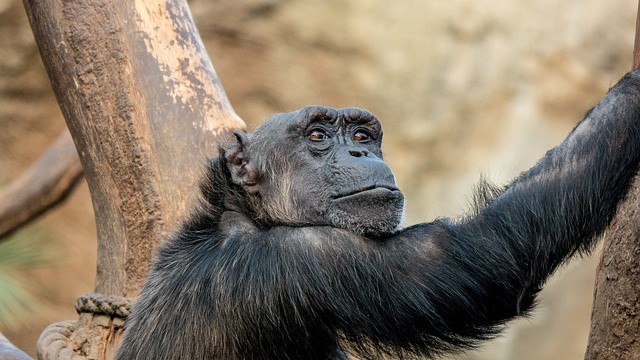
Convergent evolution is more prevalent than thought, and the evolutionary tree that encompasses species might need to be revamped based on this idea.
All these years until now leave the current phylogenetic tree showing how organisms are related. Another presumption is the mistake may have misled researchers in the wrong direction.
Convergent Evolution Is Misleading
SciTech Daily reported a branching diagram that relates to the same characteristics and differences of species based on the phylogenetic tree. Animals are grouped in how they look and their specific physical anatomy.
A study in the Milner Center for Evolution at the University of Bath found that phylogenetic classification is not as accurate as genes. The University of Bath notes how we see relating to similar species has to be done differently.
In the 19th century, Charles Darwin and others attempted to represent animal family trees by looking at anatomy and structure, or morphology. With the development of rapid genome sequencing techniques, biologists can use genetic, or molecular data to assemble evolutionary relationships between species quickly and cheaply.
Convergent evolution proves organisms once thought to be strongly linked are truly from different branches of the evolutionary tree.
Read Also: DeepSqueak AI Revolutionizes the Study of Marine Animals Calls in the World's Oceans of Sounds
For the first time, research from the University of Bath contrasted evolutionary trees predicated on morphology with all those based on molecular data and traced them geographically, cited ABP Live.
Furthermore, genetically linked species live together more geographically than those based on morphological trees.
New Data Proves Evolutionary Tree Needs To be Revised
Mathew Wills, a professor of Evolutionary Paleobiology at Bath University and one of the authors, remarks that there is a long-time mistake that needs correction.
He added that for the first time, research from the University of Bath contrasted evolutionary trees predicated on morphology with all those based on molecular data and traced them geographically.
Knowing biogeography is a crucial source of how organisms evolved similarly to Darwin and his contemporaries.
Based on the evidence that elephant shrews, aardvark, elephants, golden moles, and even manatees originated from this point of mammalian evolution is almost too hard to see due to physical appearance and different habitats, noted Science Daily.
Using molecular trees assembled as group 'Afrotheria' due to the fact these animals are from Africa locates this group to specific biogeography.
The research reveals that parallel evolution occurs whenever a characteristic develops individually in two genetically unassociated groups of organisms, which is more common than biologists previously thought.
Wills gave examples of parallel evolution that include flight in animals like bats, birds, and insects; another one is the eyes of squid or humans.
Throw in the molecular data that verifies two different animals evolving similarly, which is not so obvious but is linked to the tree of life in a specific branch.
Evolution is re-inventing itself constantly on branches in the phylogenetic tree with a convergent solution. Evolutionary biologists and anatomists unrealized species were evolving on a parallel track for more than a century.
Research Associate and first author of the paper, Dr. Jack Oyston, remarked that biogeography is the evolutionary history that led to Darwinian evolution that affected how adaptation occurred until now.
By forming a molecular tree that is more cohesive, it seems the case of convergent evolution has rendered the evolutionary tree less significant instead based on molecular tree linked to biogeography has up-ended the current phylogenetic tree.
© 2025 HNGN, All rights reserved. Do not reproduce without permission.








